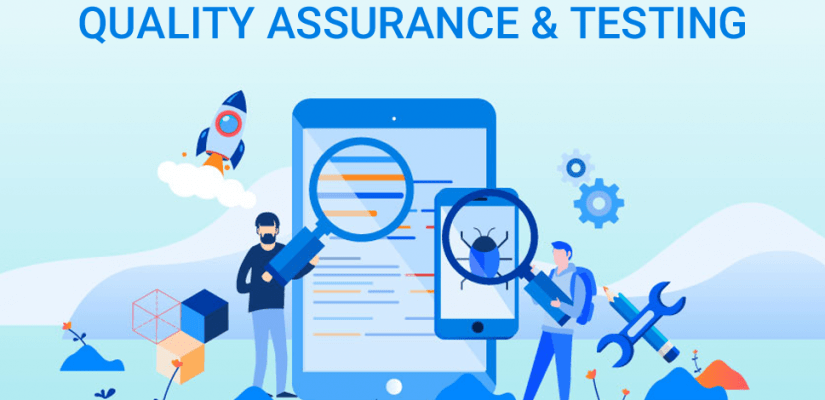Enterprises rapidly leverage DevOps to respond quickly to changing market dynamics and customer requirements.
Whatever the case, the most significant bottleneck in implementing a great DevOps framework is testing.
Many qa testing services companies use the DevOps frameworks but still prefer testing their software manually. This ends up in less visibility and project backlogs which finally cause project delays and cost overruns.
To handle these problems, businesses must shift left testing principles and test automation, making it easy to test rapidly and more comprehensively.
What is the Shift Left Testing Principle all about?
Application testing with traditional software development frameworks is performed at the end of the development cycle. In case, applications don’t fulfill the quality standards, don’t work properly, or do not meet the requirements, they are sent back to the development teams. This is not optimal, as bugs found late in the development stage are more complicated, time-consuming and costly to resolve than those found at an initial stage of the development procedure.
Shift Left is about the Software Development Procedure in which the teams focus on finding and stopping the problems at the right time instead of waiting for them to come up with their ugly heads. Shift Left testing principles are influenced by a testing procedure that remains continuous throughout the software development life cycle and enhances the software quality, shortens the lengthy test cycles and brings down the possibility of unwanted surprises at the end of the dev cycle or production cycle. The advantages of shift-left Testing are many.
Why should you prefer the Shift Left Testing Principles?
Cost is a sturdy incentive for shifting your Testing towards the left side. Based on recent reports from IBM, if a bug is discovered in the testing phase- just before production- dealing with it costs a lot more than it would in the design phase.
Shift left testing principles are designed to help developers find bugs at an early stage and deal with them before they arrive at the production environment.
Other than cost savings, shift-left Testing helps save a lot of time. As bugs are found really quick, developers don’t take much time in remembering their previous codes and workflows.
How can you shift left?
Shift left needs 2 practices.
- Continuous Testing
- Continuous Deployment
Continuous Testing is a procedure of testing apps early, frequently and thoroughly.
- Continuous Testing isn’t pocket friendly when performed manually.
- Consistent Deployment automates the provisioning and Deployment of recent builds, helping consistent Testing to happen quickly.
- Continuous Testing provides fast feedback to the development teams with the motive of releasing candidates, helping managers to make the best decisions for optimizing the release value.
This is why test automation is essential for consistent Testing. Whatever the case, implementing test automation comes with its own challenges, as mentioned below.
Everyday Challenges that come up while introducing Test Automation:
Total Build Time:
Many businesses think of building their test automation frameworks, but it’s mostly not good, as it is time consuming and would cost you millions to build from the start.
Steep Learning Curve:
Businesses that use code-based open source tools like Selenium are based on technically sound employees to manage their test automation framework. This is a big problem, as non-technical business users are aware of their workflows in the perfect way. Technical users and teams have more significant value tasks to perform rather than the test.
Extreme Maintenance Cost:
Maximum Test Automation Tools use static scripts, which means they can’t quickly adapt to the alterations that happen because of UI changes in the guise of new screens, buttons, user flows or user inputs.
Tools based on static scripts, instead of dynamic scripts, take a lot more effort to take care of, as their scripts break up quite frequently.
How can you easily Handle These Problems?
A no-code test automation platform resolves all the mentioned challenges with the help of a fast ramp-up time, mini learning curve and no maintenance attempts. This allows your organization to quicken the release cycles and will help you make the alterations quickly in a highly competitive environment.
Conclusion
As soon as you mix shift-left with the 2 leading DevOps practices, continuous Testing and continuous development, you get the groundwork for shift left to win. It also makes shift-left in a DevOps environment compulsory because:
- Teams discover and report bugs quicker.
- Features are released quickly.
- Software is of excellent quality as it’s considered at an initial stage of development which is more efficient and less time-consuming.
Without Test Automation, you can’t get the required test coverage while shifting Testing to the left.
DevOps recommends Shift-left Testing principles.
HikeQA is a complete qa testing services provider. Contact them for any query related to Shift-Left Testing.
Check out this latest blog on our website.

















